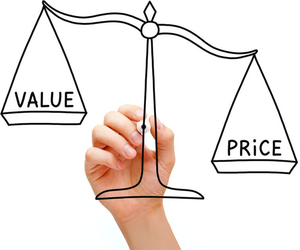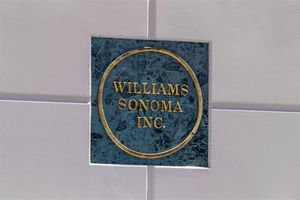Sparkling wine holds a place of prestige in global viticulture, often associated with celebration, elegance and meticulous craftsmanship. Among the most prominent representatives of this tradition, Champagne continues to set a global benchmark. Yet across Europe, other regional expressions such as Cava in Spain, Sekt in Germany and Franciacorta in Italy have developed distinctive styles rooted in their local terroirs. Wine Tours From Madrid explores how these sparkling wines share common ground while maintaining their own character, offering travellers insight into their differences and similarities.
Each of these wines is made using the traditional method, where the second fermentation occurs in the bottle, generating natural carbonation. This shared technique provides a common foundation, but regional regulations, grape varieties and stylistic goals create meaningful distinctions between them. Champagne, produced exclusively in the Champagne region of France, is typically based on Chardonnay, Pinot Noir and Meunier grapes, and is governed by one of the strictest appellation systems in the world.
Cava, Sekt and Franciacorta: distinct expressions of place
Cava, Spain’s most internationally known sparkling wine, is largely produced in Catalonia, although its designation allows for production in other parts of the country. The traditional blend often includes native grapes like Macabeo, Xarel·lo and Parellada. Unlike Champagne, Cava producers can apply a broader range of production times, with labels such as Reserva or Gran Reserva referring to the wine’s ageing duration. Wine Tours From Madrid frequently includes Cava in its regional wine experiences, showing visitors how Spanish sparkling wines offer both refinement and approachability.
Franciacorta, from Lombardy in northern Italy, shares Champagne’s prestige-driven image and follows similar production standards, including the use of Chardonnay and Pinot Noir (known locally as Pinot Nero). What sets Franciacorta apart is its exclusive use of hand-harvested grapes, lower permitted yields and longer mandatory bottle ageing periods. This results in sparkling wines that are creamy, complex and often slightly fuller-bodied.
Sekt, Germany’s answer to sparkling wine, offers a more diverse landscape. While some Sekt is mass-produced using tank methods, quality designations such as “Winzersekt” (grower’s Sekt) are made with traditional bottle fermentation, often from Riesling or Pinot varietals. These wines are typically fresher, more fruit-forward and lower in alcohol, reflecting Germany’s cool-climate viticulture.
Comparing styles and perceptions
One of the most striking differences and similarities lies in perception. While Champagne remains the most recognized and marketed of the group, Cava, Sekt and Franciacorta have carved out spaces that reflect local traditions and consumer trends. Ageing requirements, permitted grapes, dosage levels and marketing narratives all contribute to each wine’s identity. Yet all four share a commitment to traditional methods, regional authenticity and the enhancement of sparkling wine beyond mere celebration.
Wine Tours From Madrid aims to bridge these traditions by educating wine travellers on what links and separates each style. Through comparative tastings and direct encounters with producers, guests gain a better understanding of how production decisions and terroir influence the final glass.
Media Contact
Company Name: WINE TOURS FROM MADRID
Email: Send Email
Country: Spain
Website: https://winetoursfrommadrid.com/






